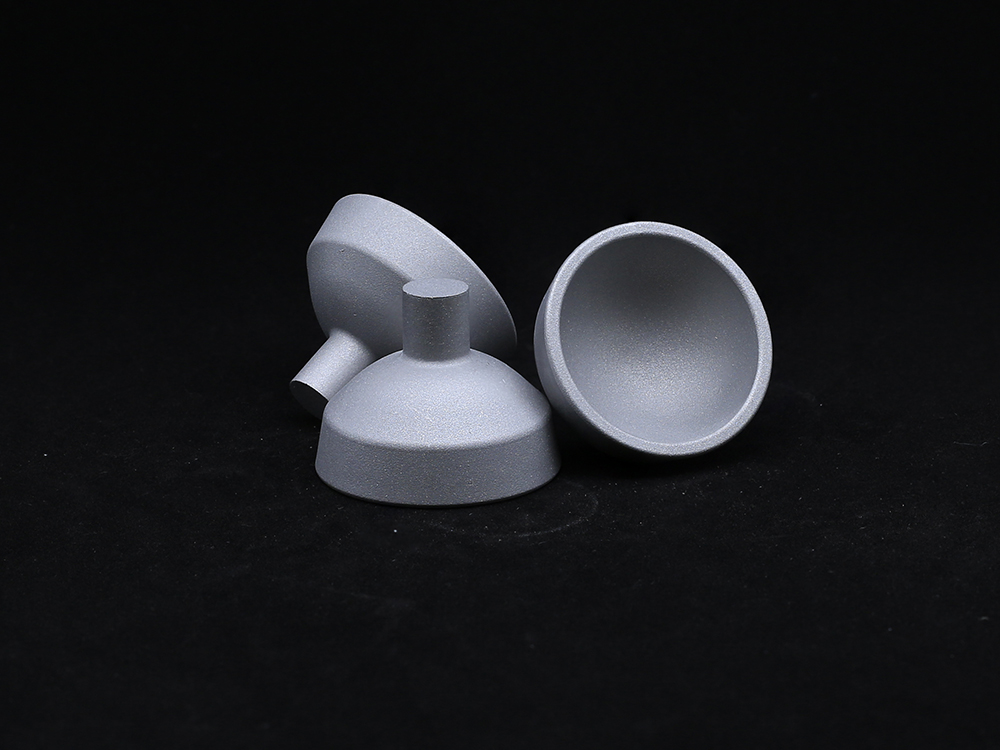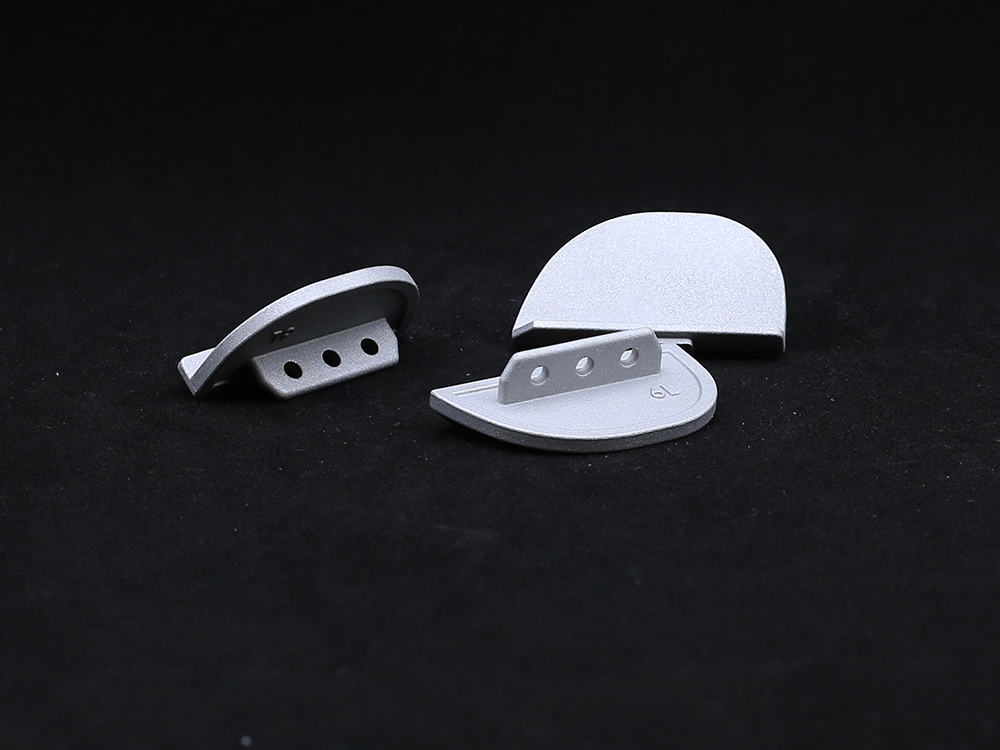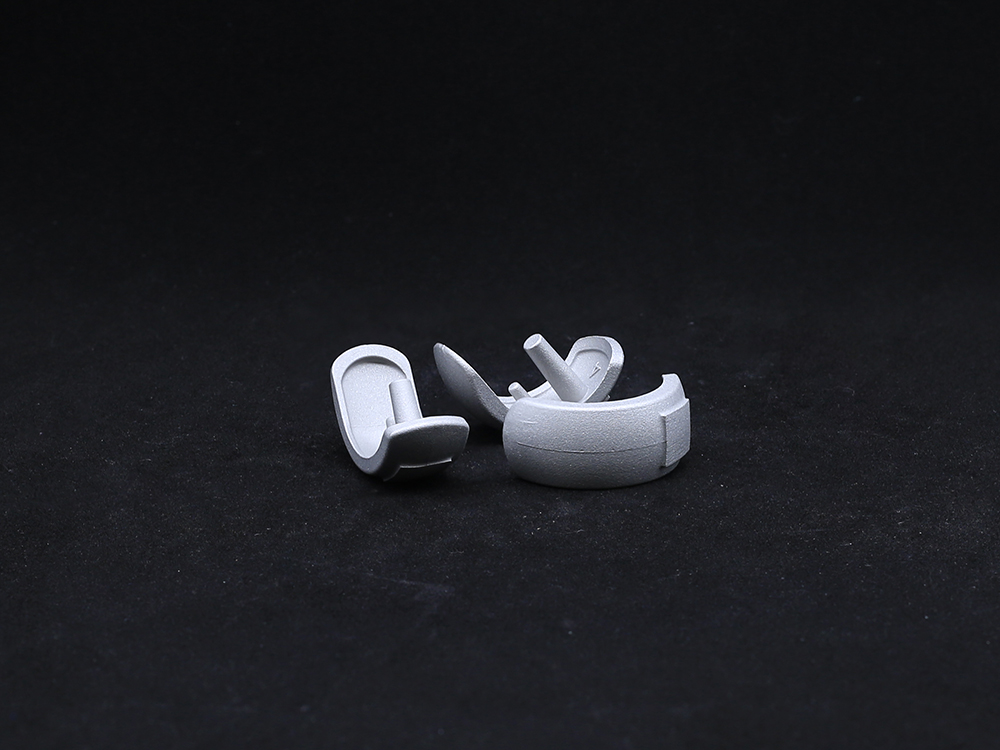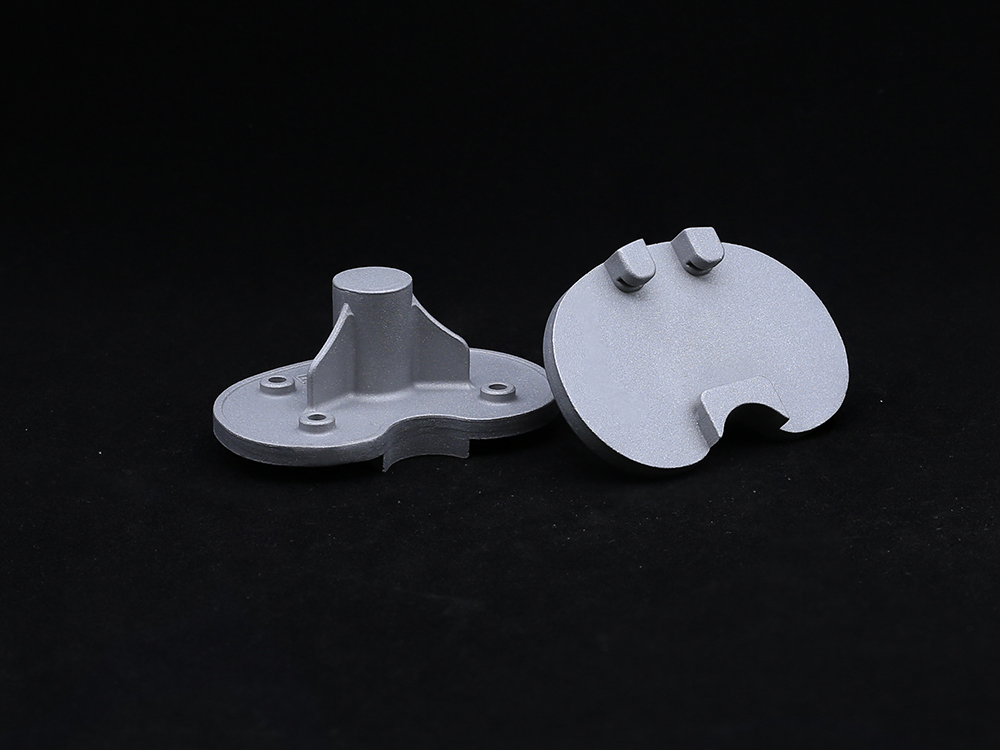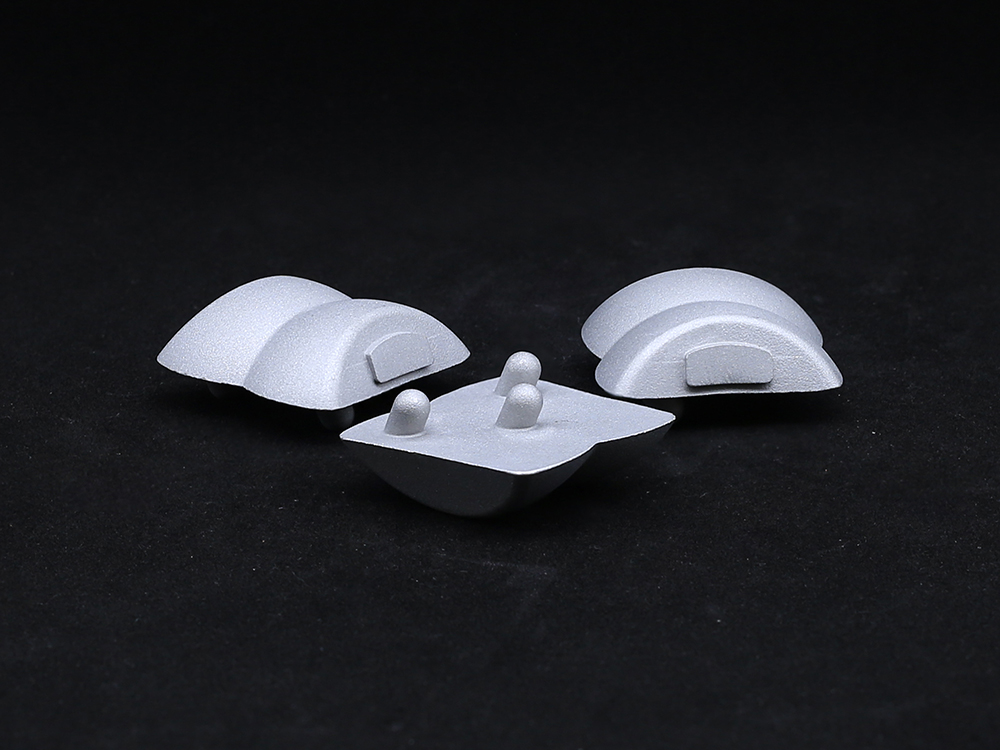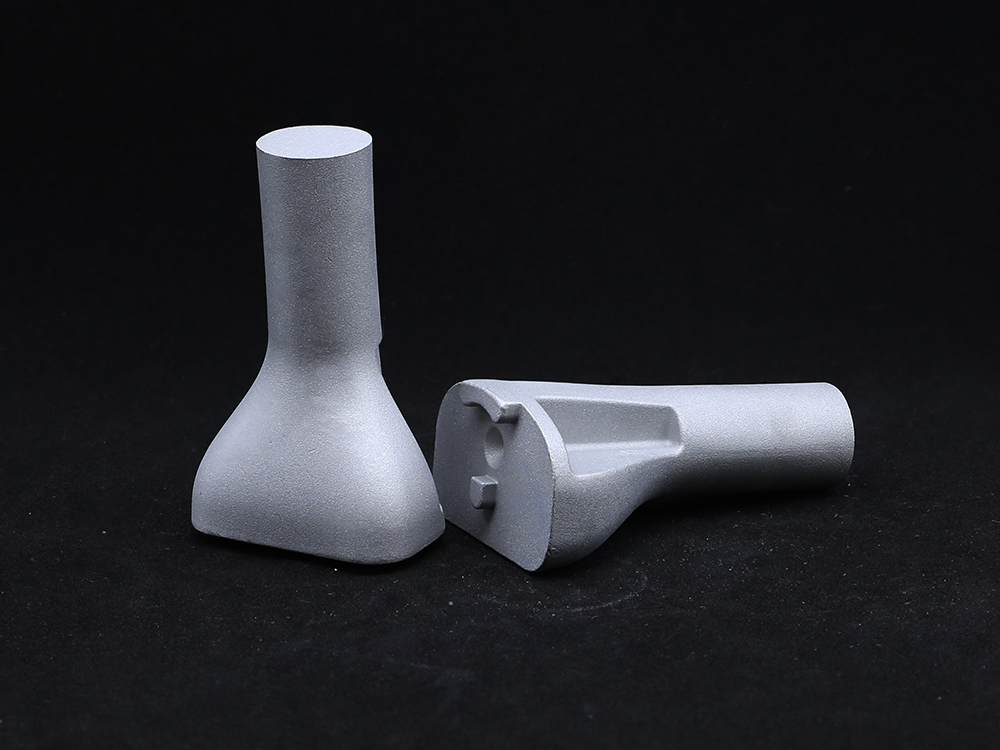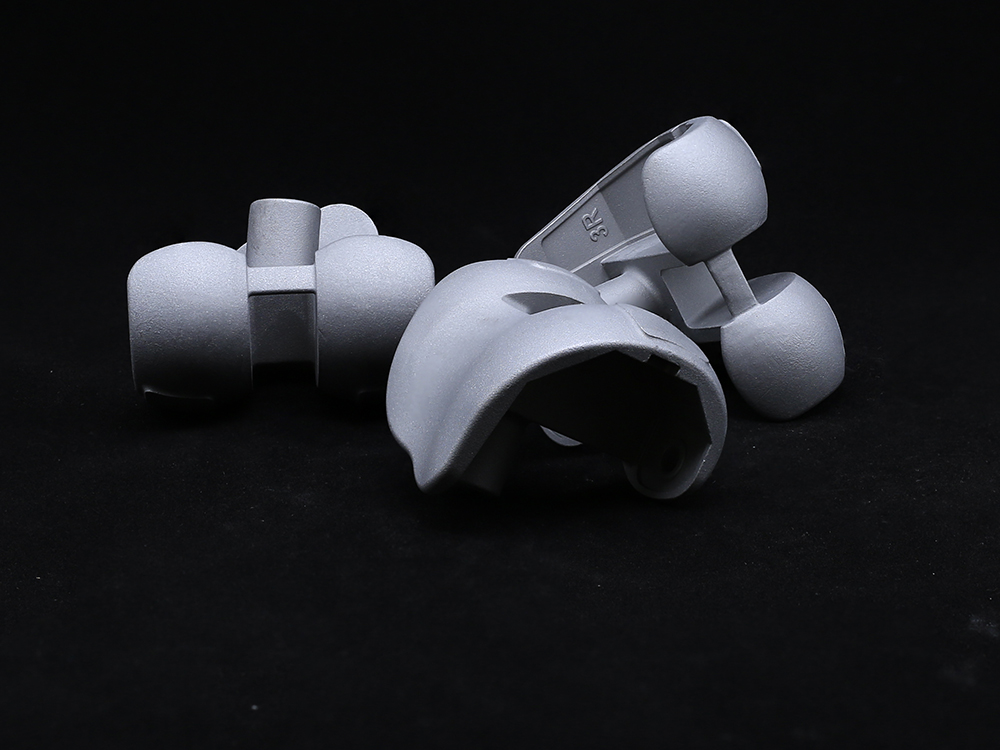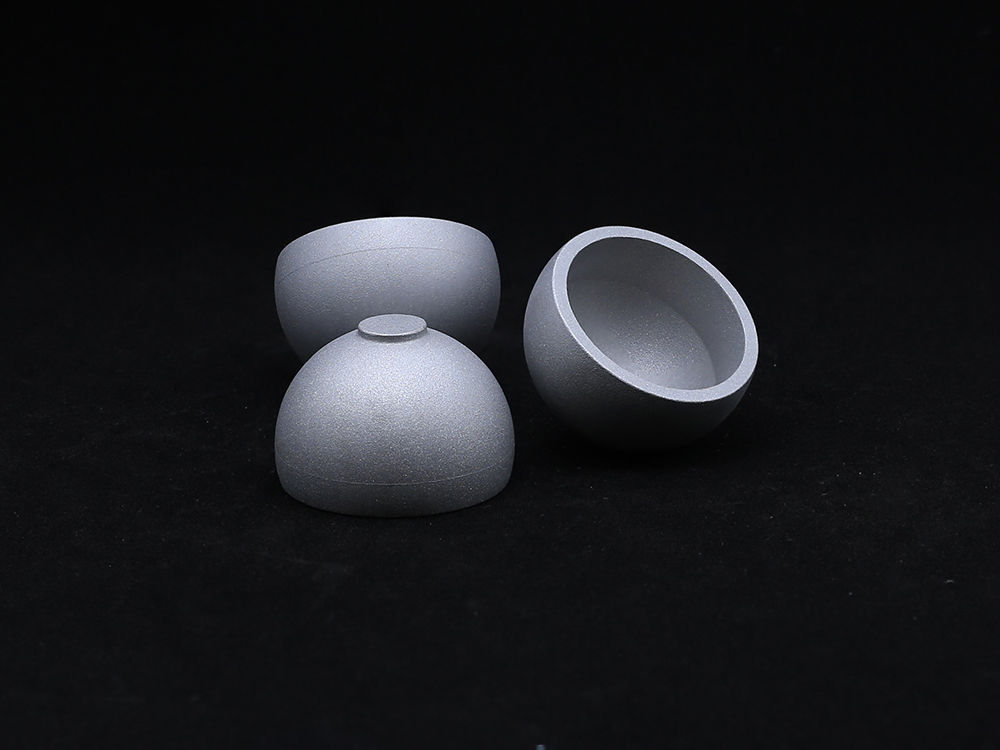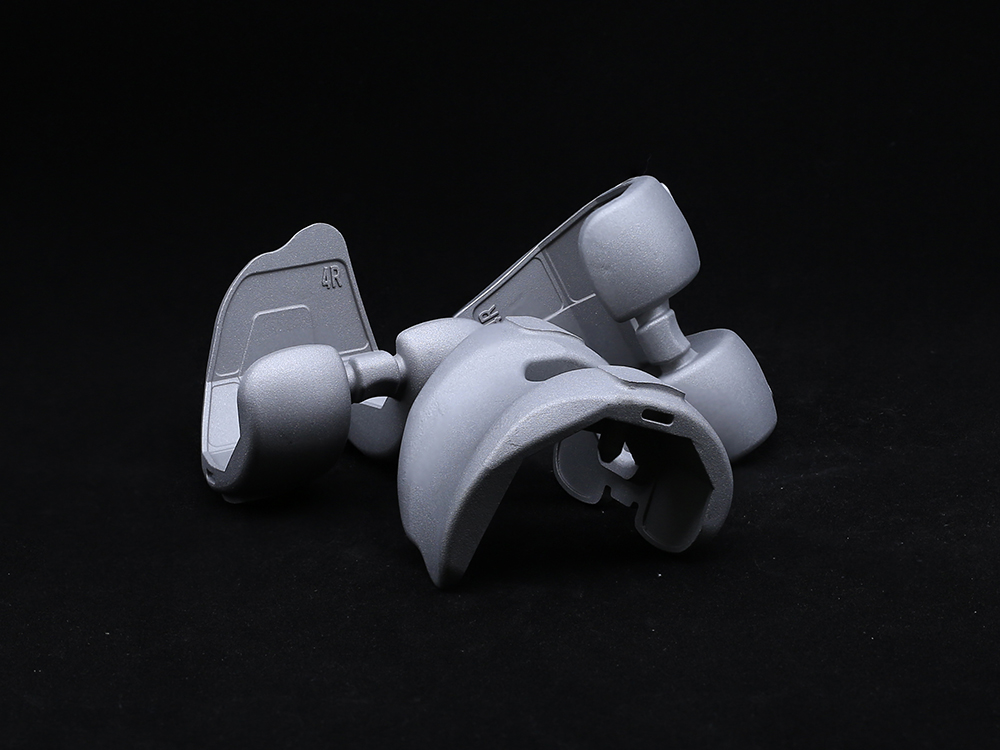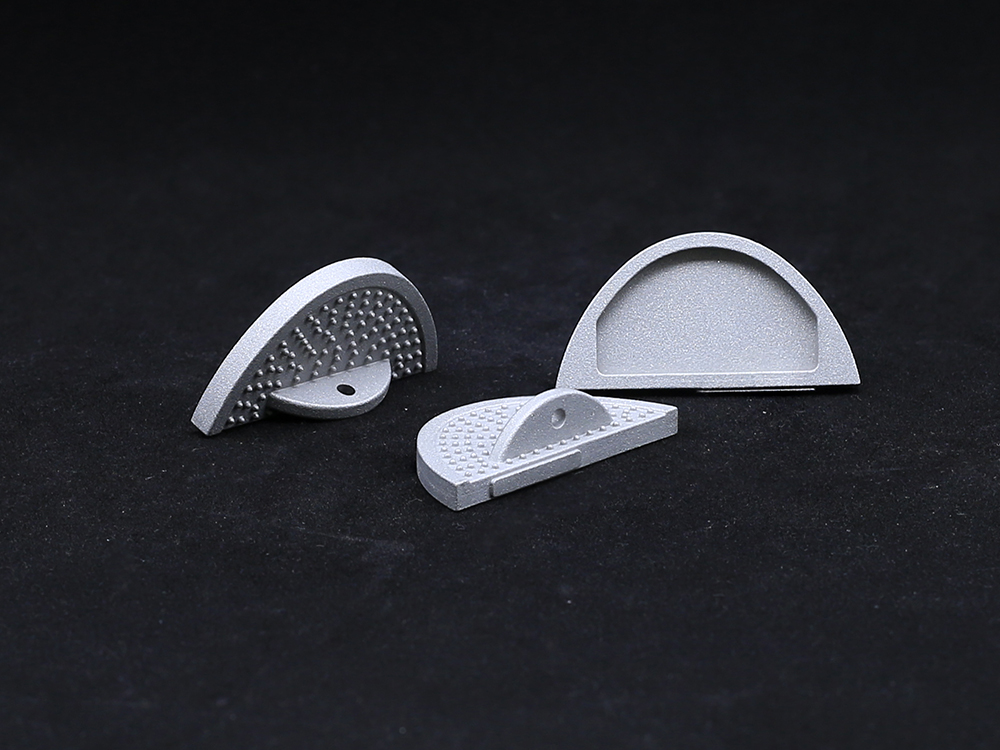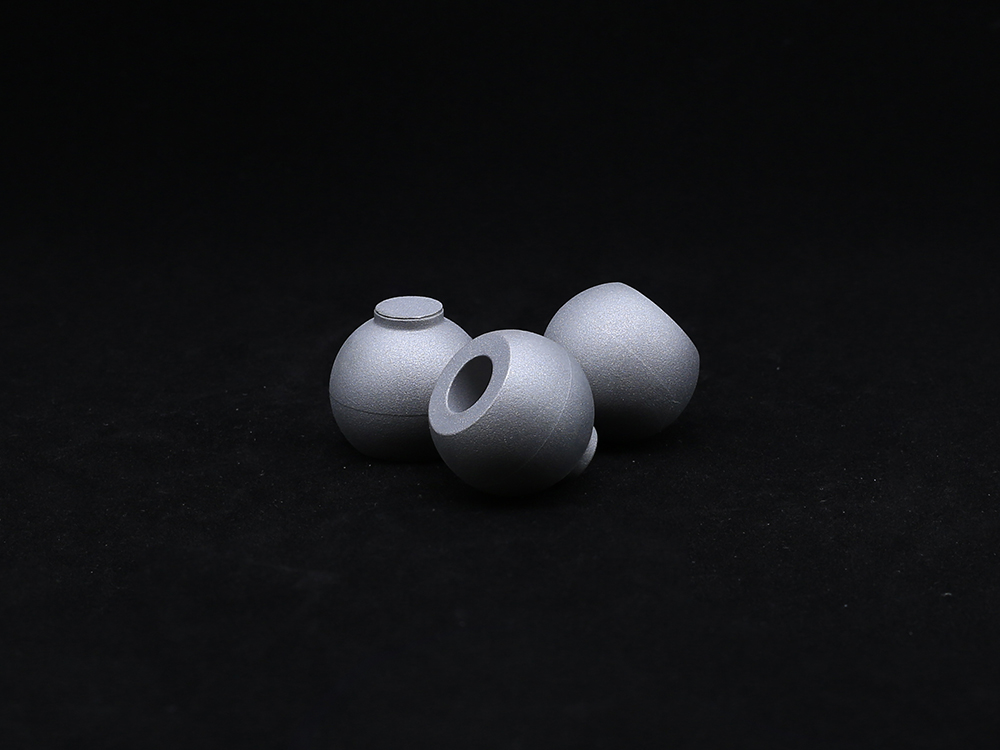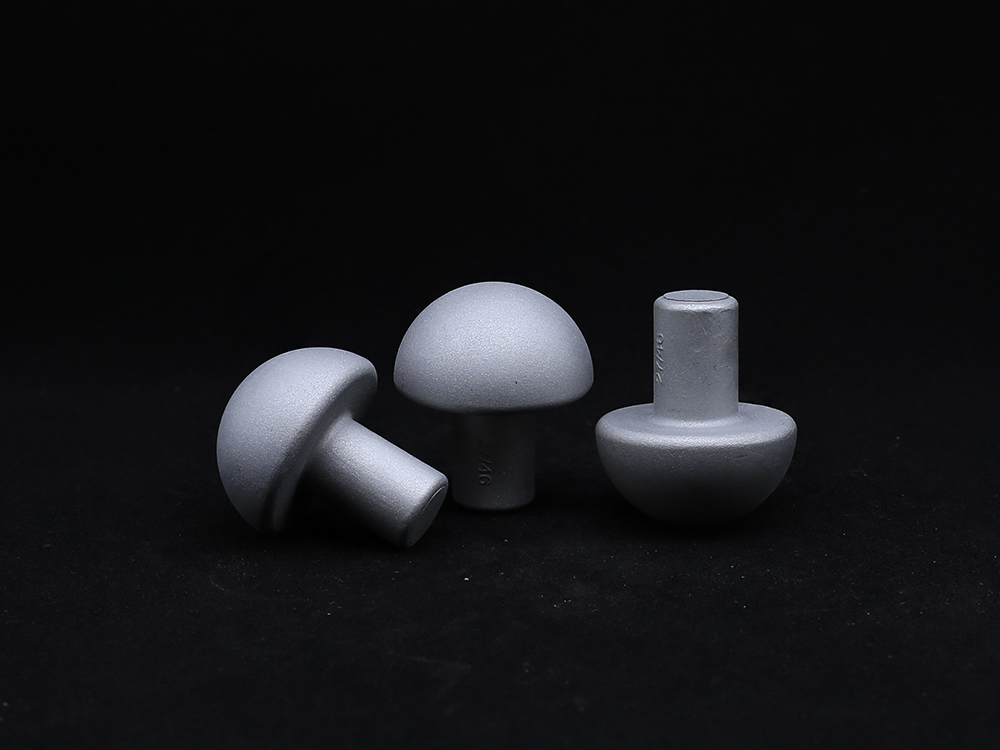Tibial Plateau: Injecting Stable Strength into Orthopedic Treatment
In the field of knee joint disease treatment, Tibial Plateau is a key instrument for reconstructing damaged joint function. Its unique design and performance provide reliable support for surgeons' surgical operations and lay a solid foundation for patients' postoperative recovery, especially in terms of stability.
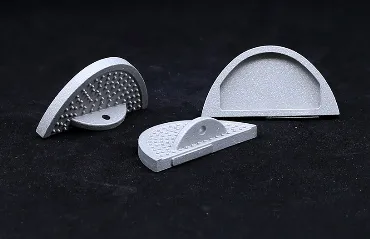
The material and structural design of Tibial Plateau are the core guarantee of stability
The main body of broken knee tibia is often made of titanium alloy or cobalt chromium molybdenum alloy. These materials not only have high strength and wear resistance, but also have good compatibility with human tissues, reducing the risk of rejection reactions. The surface of the prosthesis usually adopts porous coating technology, which can promote the growth of bone tissue, form a firm biological fixation, and provide a foundation for long-term stability. In addition, the anatomical shape of the prosthesis is precisely designed based on the human skeletal structure, with a high degree of matching with the patient's tibial plateau, ensuring a perfect fit on the bone surface after implantation and dispersing joint stress.
For surgeons, the stability of Tibial Plateau is reflected in the convenience and precision of surgical operations
The broken tibia plateau is equipped with a standardized surgical instrument kit, including positioning guidance devices and trial molding systems, which can help doctors quickly determine the implantation position and angle, reducing surgical errors. Its modular design allows doctors to flexibly adjust the size of the prosthesis based on the patient's bone defect condition, and even in complex bone defect cases, stable fixation can be achieved through a modular structure. At the same time, the installation process of the prosthesis simplifies the surgical steps, shortens the surgical time, and reduces surgical risks.
From the patient's perspective, the stability brought by Tibial Plateau directly affects the postoperative rehabilitation effect
After implantation, the bruised tibial plateau can effectively distribute the pressure on the knee joint, avoid excessive weight-bearing on local bones, and significantly reduce postoperative pain. In daily activities, the stable fixation of the prosthesis allows patients to gradually recover basic functions such as walking and climbing stairs, while reducing the risk of prosthesis loosening and displacement. In long-term use, good stability can slow down the rate of joint degeneration, prolong the service life of prostheses, and provide patients with lasting joint function support.
The stability of Tibetan Plateau is also reflected in its ability to adapt to complex medical conditions
For severe joint surface injuries caused by tibial plateau fractures, osteoarthritis, etc., the prosthesis reconstructs the normal force line of the knee joint and restores joint stability through precise mechanical conduction design. Even for elderly patients with combined osteoporosis, the special fixation method of the prosthesis can enhance the bonding strength between the bone and the prosthesis, ensuring early functional exercise after surgery and accelerating the recovery process.
With the development of orthopedic technology, the stability of Tibial Plateau continues to improve. The application of 3D printing technology has achieved personalized matching between prostheses and patient bones, further improving the fit; The new biological coating material enhances bone integration and makes fixation more secure. These innovations continue to optimize the performance of prostheses, providing more reliable options for clinical treatment.
In summary, cast for tibial plateau fracture provides surgeons with convenient operation and fixation guarantee through scientific material selection, precise structural design, and constantly innovative technology, bringing postoperative functional recovery and long-term stability to patients. Its outstanding performance in the field of knee joint reconstruction not only promotes the advancement of orthopedic treatment technology, but also enables many patients to regain healthy joint function, becoming an indispensable and important instrument in orthopedic treatment.
Tibial Plateau FAQs
How does the design of Tibial Plateau ensure postoperative joint stability?
The Tibial Plateau adopts biomimetic design, and its surface contour matches the height of the natural tibial plateau of the human body, which can effectively distribute joint loads. The bottom of the prosthesis is usually equipped with a keel or nail like structure, which is embedded in the tibia through bone cement or biological fixation to provide mechanical stability. The combination of highly cross-linked polyethylene liner and metal support can also reduce micro motion, avoid prosthesis loosening, and maintain long-term stability during gait and weight-bearing activities.
What impact does the material selection of Tibial Plateau have on patient recovery?
Modern Tibetan Plateau often uses cobalt chromium alloy or titanium alloy as the metal base, which combines high strength and biocompatibility. Polyethylene pads are specially treated to reduce wear rates and minimize the risk of bone resorption caused by debris. These material combinations can promote bone integration, shorten postoperative recovery time, and reduce the probability of long-term revision, helping patients recover their daily activity ability faster.
How does the Tibetan Plateau adapt to the anatomical differences of different patients?
The prosthesis offers multiple sizes and left-right differentiation, and some designs also include modular components such as adjustable pads or blocks. During surgery, personalized matching can be performed based on the patient's proximal tibial morphology, ligament tension, and other conditions to ensure a tight fit between the prosthesis and residual bone structure. This customized solution can effectively avoid abnormal force lines and reduce the occurrence of joint instability or subluxation.
What are the advantages of Tibial Plateau in complex knee revision surgery?
For revision cases with severe bone defects, Tibial Plateau can be used with extension rods or metal reinforcement blocks to achieve mechanical reconstruction by crossing the defect area. Its reinforced fixed interface can address challenges such as osteoporosis, while the rotating platform design can compensate for ligament dysfunction, providing additional rotational stability for complex cases and reducing the risk of revision.
How to monitor and maintain the long-term stability of Tibial Plateau after surgery?
During regular follow-up, X-ray or CT should be used to evaluate the position of the prosthesis, bone ingrowth, and the presence of translucent lines. Patients need to follow a phased rehabilitation plan to avoid excessive weight-bearing in the early stages. Good muscle exercise can compensate for static fixation deficiencies through dynamic stability, while weight control and low impact exercise can prolong prosthesis life and maintain long-term functional stability.
Get a Custom Solution!
Contact Us To Provide You With More Professional Services

